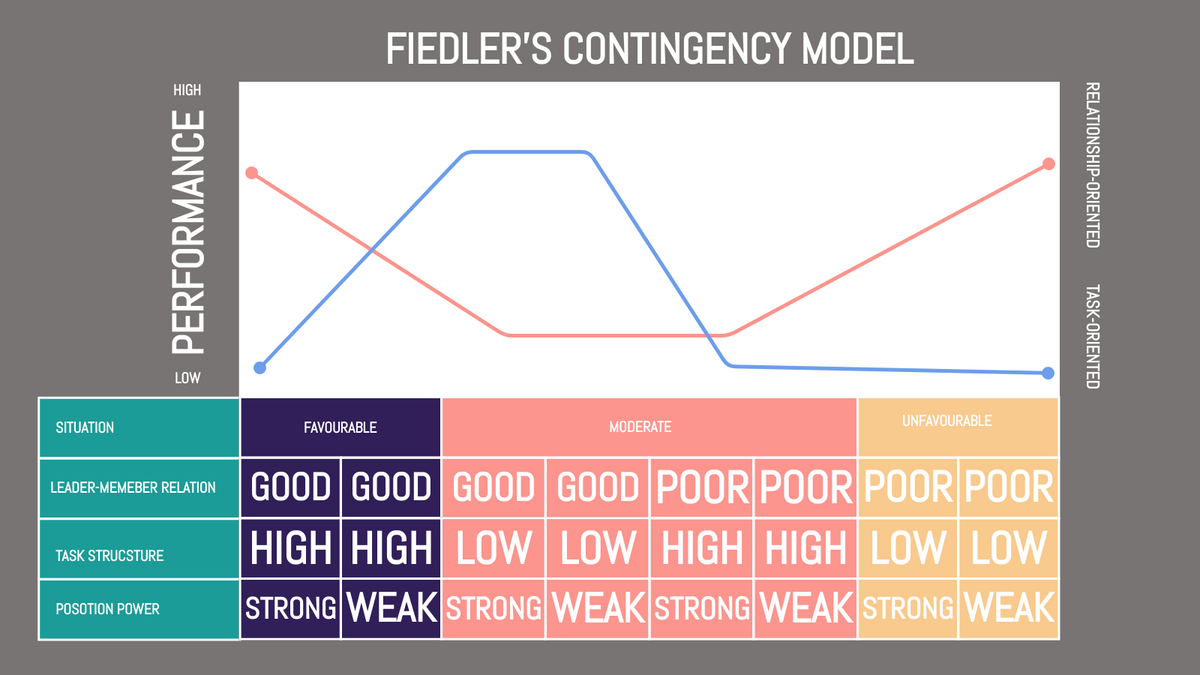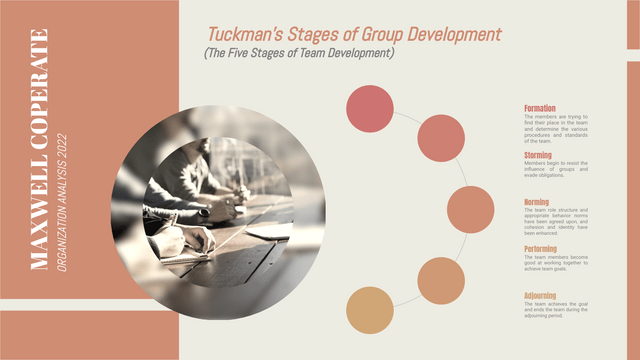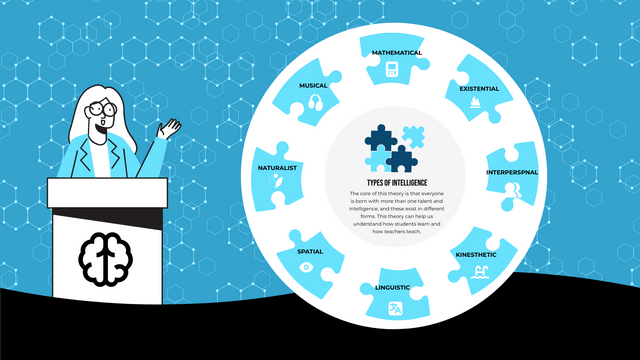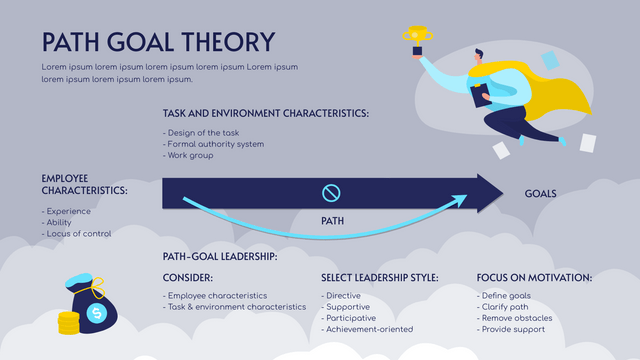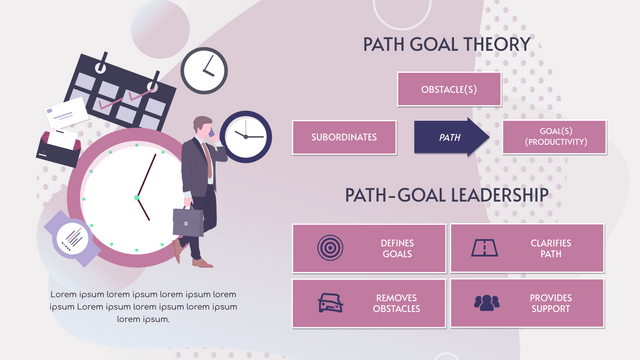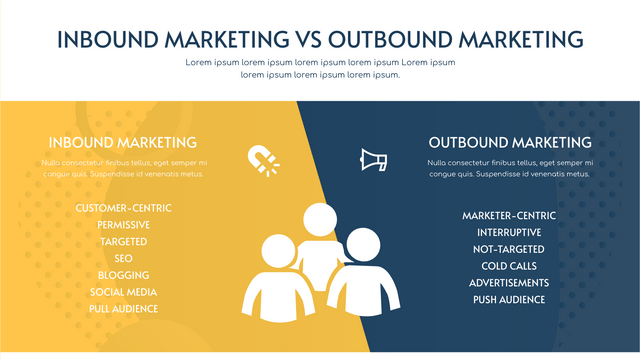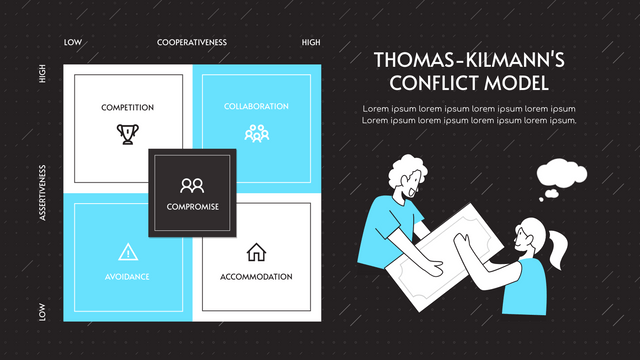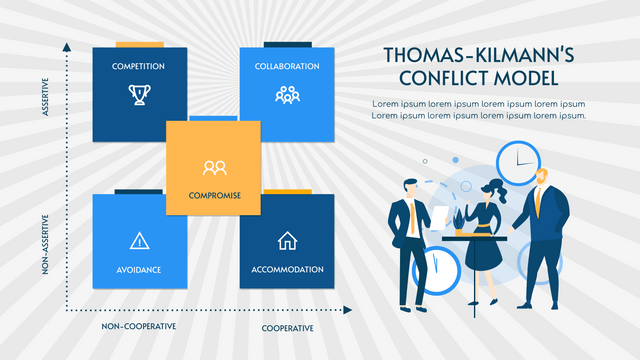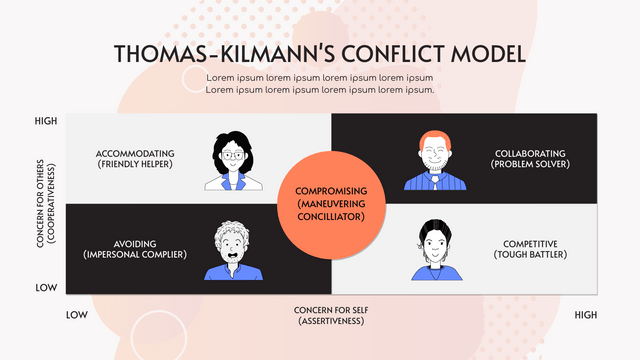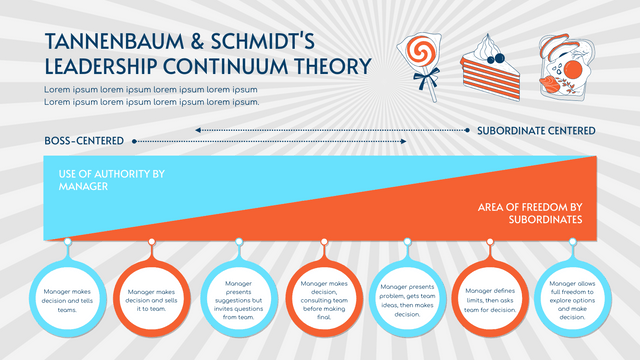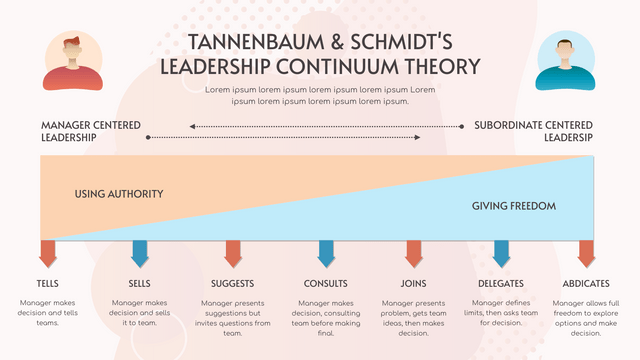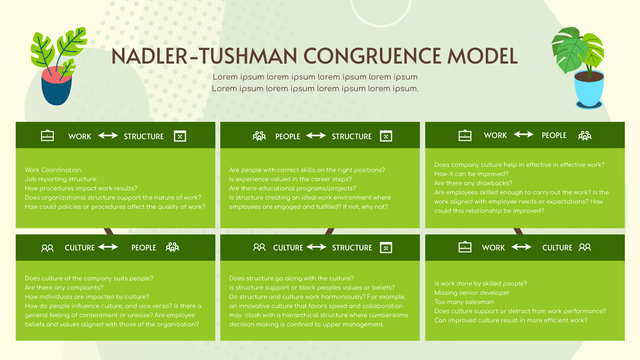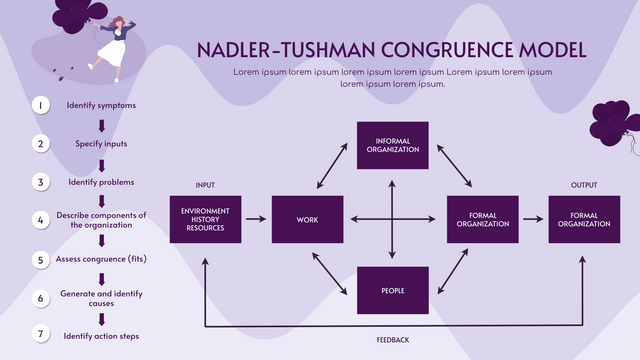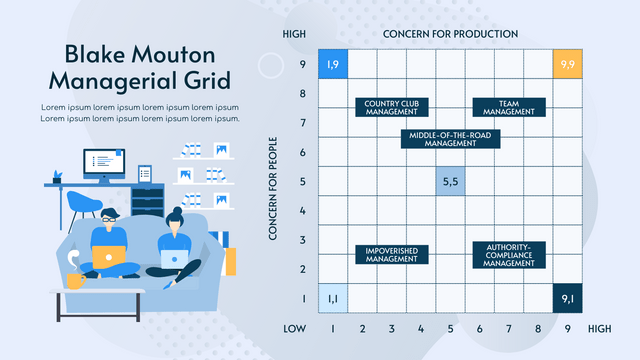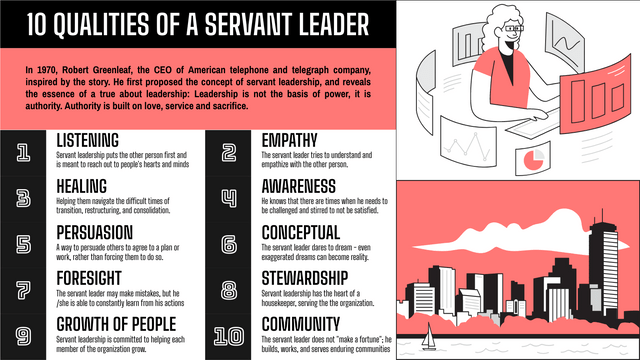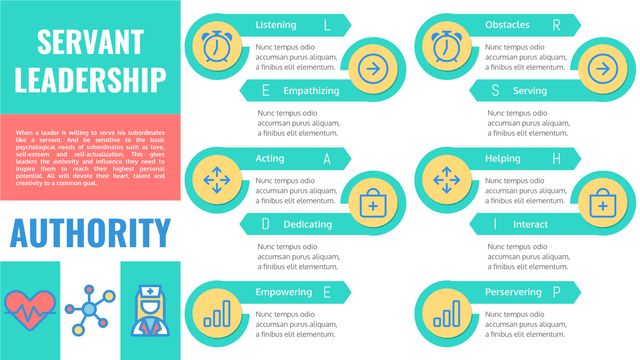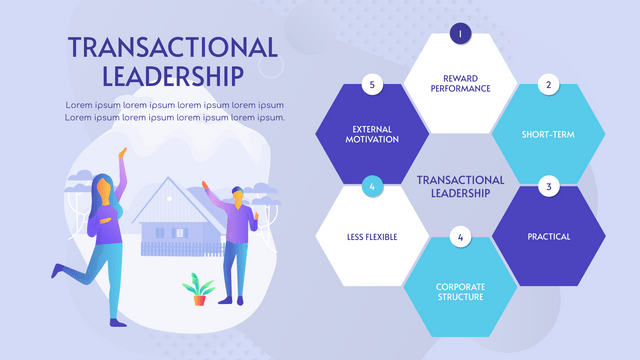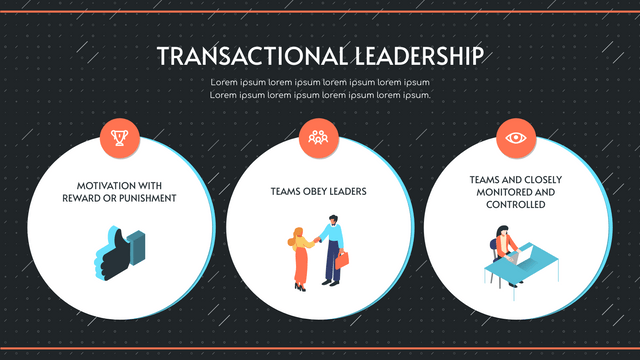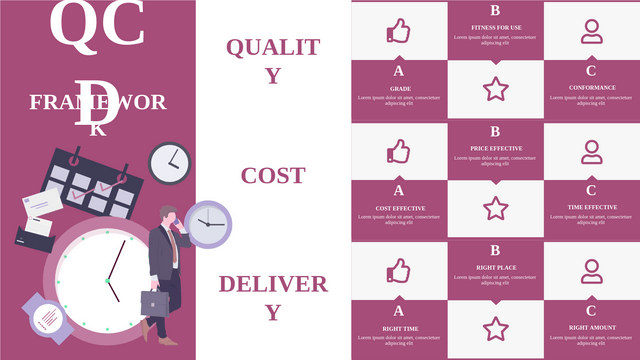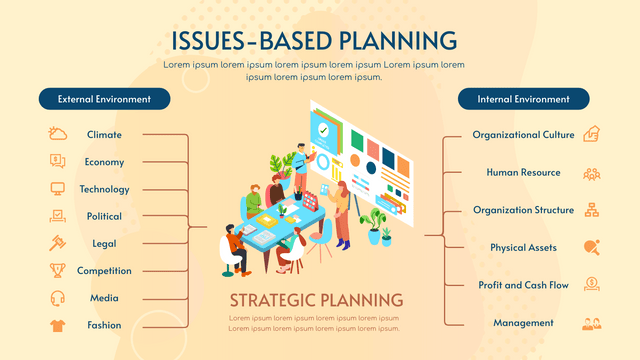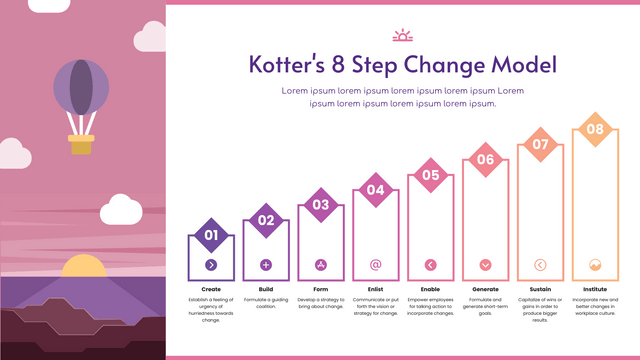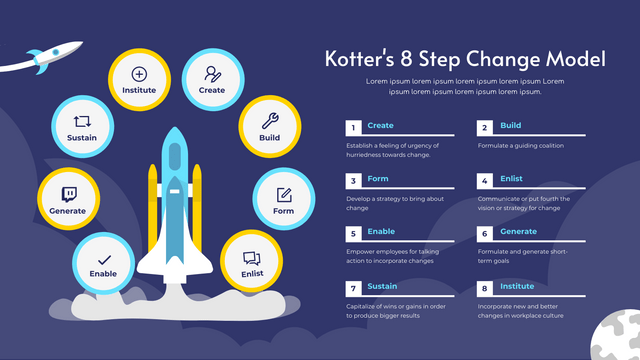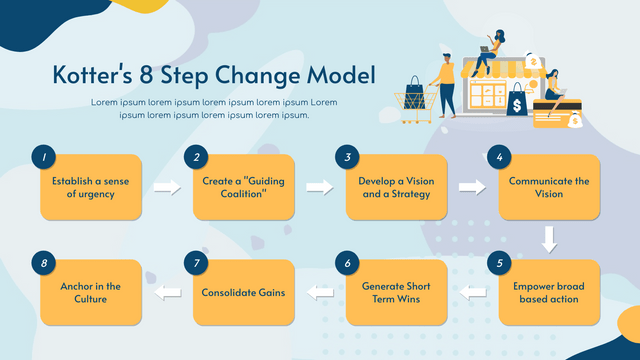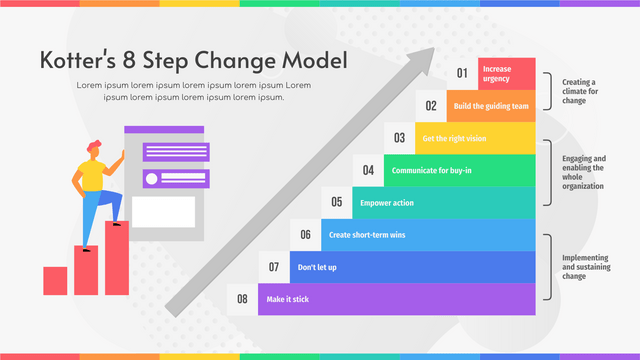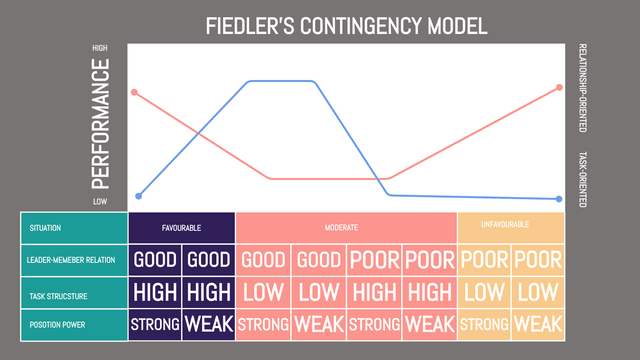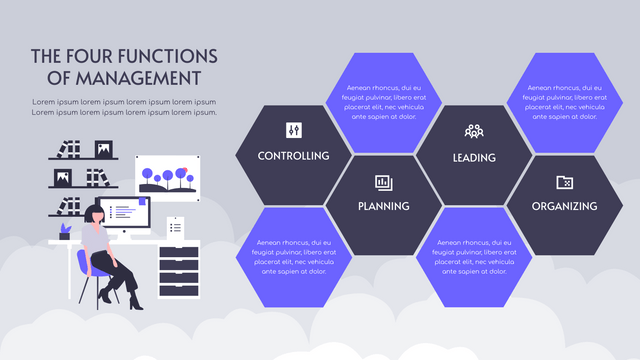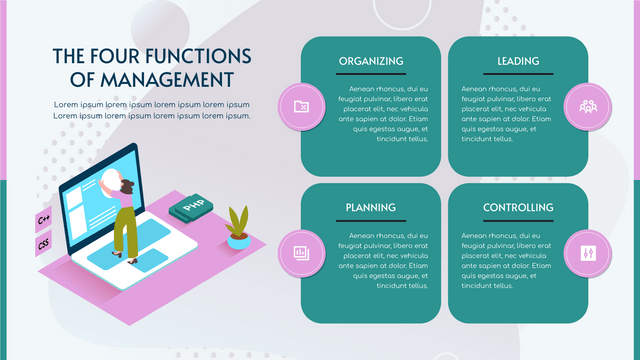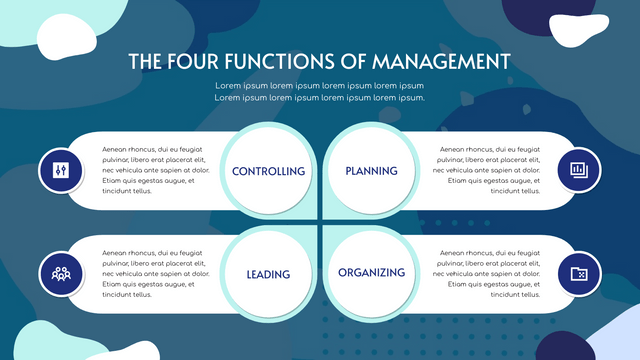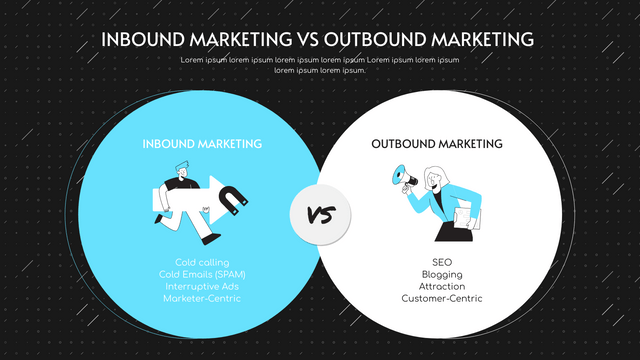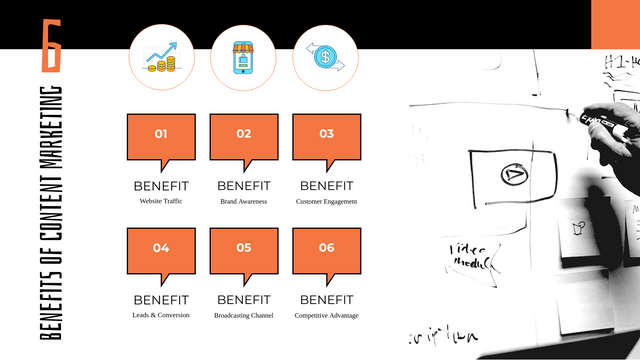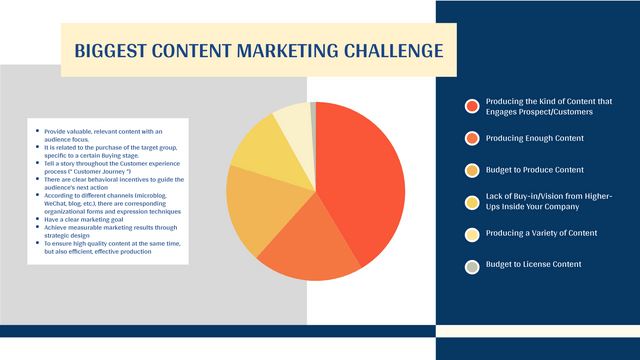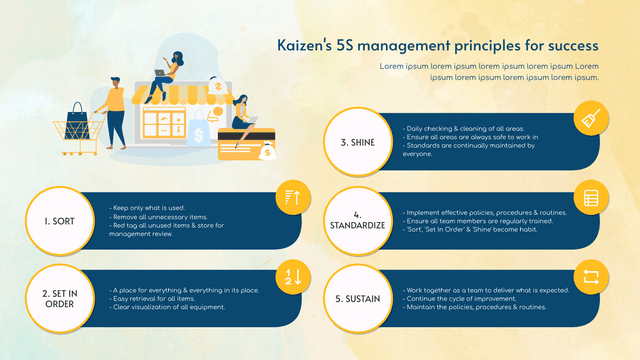What is Fiedler's Contingency Theory?
While many researchers are still debating which leadership style is more effective, Fred Fiedler, professor of psychology and management at the University of Washington in Seattle, has developed a contingency model of effective leadership based on a large body of research. He argues that any leadership style can be effective, and that its effectiveness depends entirely on the circumstances.
Leadership Styles
When a leader directs his subordinates, there are two ways:
Task-Oriented - The task-oriented leader is to explicitly instruct his subordinates what to do and how to do it;
Human-relation oriented - The human-relation oriented leader is to absorb them to participate in the decision-making, so as to share the leadership and responsibility with the members of the organization.
On the surface, it seems that there are two opposite ways: one uses power sticks and the other uses carrots. But the essence is the same that is to motivate the members of the organization to work hard to achieve the organization's expected goals.
Both methods have their advantages and disadvantages, and one is not necessarily better than the other. They are all useful for leaders, and the problem is that different leadership styles should be used in different situations or situations.
Fiedler's Contingency Theory – How to Use?
How to identify the leadership style of a leader should be measured by Federer's least preferred co-worker (LPC) score.
Situational Favorability
Leadership situation can be divided into three types:
Highly favorable situation,
Moderately favorable situation and
Low favorable situation.
Three Factors of Leadership Favorability
The favorable degree of leadership situation depends on three factors:
Leader / Member Relations - the degree of emotion, friendship, liking, trust, cooperation, acceptance, support and loyalty of group members to their leaders;
Task Structure: the process of clearly defining group goals and tasks
Leader position power: the degree to which the power of the leader's current position can make the group members obey the command.
Interpretation of Fiedler's Contingency Theory
Task-based leaders work better in both favorable and unfavorable situations, while relational leaders work better in moderately favorable situations as shown in this template
Guidelines of Fiedler's Contingency Theory
Because the leadership style used by a leader reflects his personality traits, his leadership style has long-term stability and is difficult to change at any time to adapt to various leadership situations.
In view of this, Richard A Gorton believes that organizations should:
Try their best to choose leaders who have better adaptability to the organizational environment, otherwise they should also choose leaders who can meet the needs of the current organizational environment.
When they find that the leaders they choose cannot adapt to the changed organizational environment, they can use rotation to transfer the leader to another new organizational environment.
Fiedler's Contingency Theory Template
Here is an Fiedler's Contingency Theory template created with Visual Paradigm's online strategic analysis tool. You can customize this template by modifying the text, color and font, and use it in your presentations and reports.
